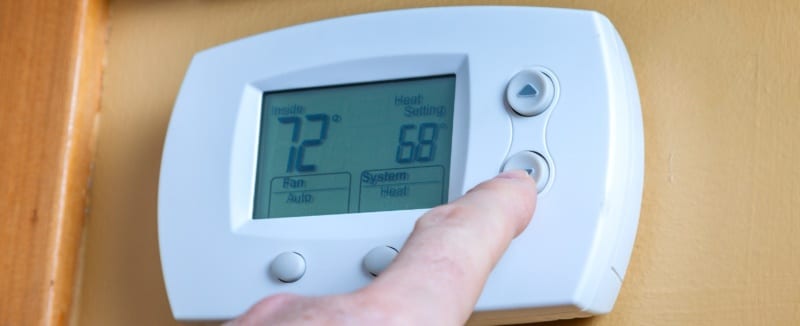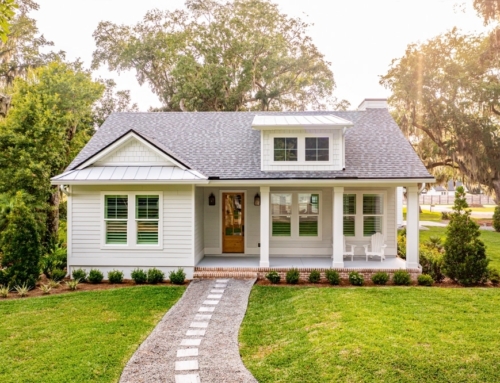If you feel like you spent more on your heating bills this winter, you’re right. In addition to the cold temperatures and massive snowstorms that blanketed much of the country, fuel costs increased significantly.
Families who heated their homes with propane paid a whopping 54 percent more this past winter. In addition, natural gas heating costs were up 10 percent, heating oil 7 percent, and electric heat 5 percent. Increases like these can bump your utility bills significantly because heating and cooling costs generally eat up more than half (56 percent) of the average household’s utility bills.
This spring, why not focus on cutting down your heating, cooling, electricity, and water bills? Here are some tips that can help keep utilities from busting your household budget:
1. Get a home energy review. Many utility companies provide a free or very low-cost analysis of your home’s energy use and offer ways to cut costs and save money. For instance, if your home still has an oil-burning furnace, it might be time to upgrade to a more efficient gas furnace or consider solar or geothermal options. You may also qualify for rebates or savings on energy-efficient home repairs.
2. Borrow a wattage meter. You can buy one, but many local libraries let you check out one of these tiny energy-monitoring devices for free. Plug it into small and medium-sized electrical devices in your home, from your computer to your refrigerator, to find out how much energy they use daily. The monitor also helps you identify appliances with what are called “phantom loads.” This means that the appliances draw power even when they’re off. You may opt to plug these phantom-load devices into special power strips that automatically cut electrical access when you’re not using them.
3. Upgrade to a programmable thermostat. Set it to turn your heating/cooling system up and down automatically to save energy. If you don’t want to swap out your existing thermostat, try setting it at 65 to 68 degrees during the day and 58 to 60 degrees at night during cooler months. Also, change filters regularly so your furnace or heat pump works at peak efficiency.
4. Use common sense tactics. Open blinds and curtains during the day in the cold months to capture as much sunlight and warmth as possible. In the summer, close windows, blinds, and drapes to block daytime heat. Open windows at night when the air is cooler, and use your air conditioner sparingly. Turn off lights and devices when you leave a room.
5. Close up energy leaks. Caulk small openings or cracks near plumbing pipes, vents, drains, and fireplaces. Check windows and doors for air leaks (you can often feel them, or you can light an incense stick and see if the smoke changes direction around door and window cracks), and add weather stripping. You can replace old windows, but keep in mind that they can be expensive and you may not see a return on your investment for decades. Finally, add foam gaskets behind drafty wall switches and electrical outlets.
6. Cut back those long showers. Install faucet aerators and water-saving showerheads to curtail water use. Leave a digital timer in the bathroom and encourage family members to shower for no more than five minutes—or however long you decide is reasonable.
7. Upgrade your bulbs. As they go out, replace standard light bulbs with compact fluorescents, halogen incandescents, or LEDs. Although they’re more expensive up front, these new types of bulbs purportedly last much longer and use less energy. Choose the warmest-color bulb you can find because many of the newer bulbs tend to cast an unpleasantly bright light.
Teri Cettina is a mom of two daughters and freelance writer who specializes in personal finance and parenting topics. She blogs at Your Family Money. Follow her on Twitter: @TeriCettina.






